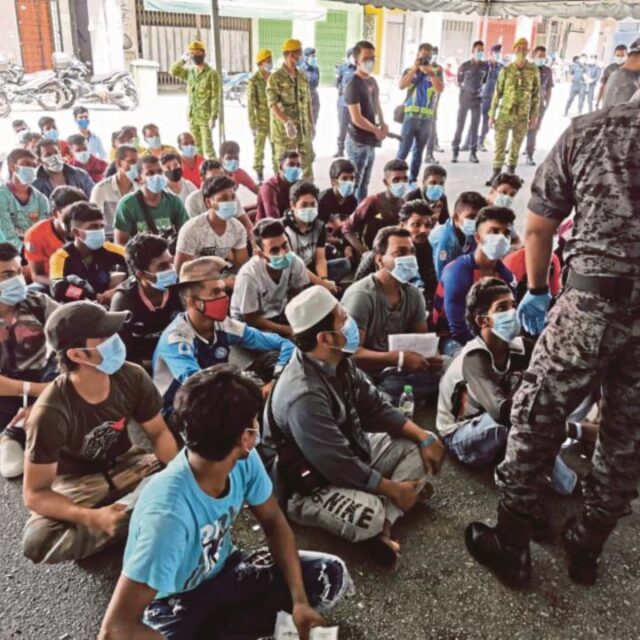Dengue hemorrhagic fever (DHF) is a dangerous disease transmitted by the Aedes mosquito. In Myanmar, DHF outbreaks often coincide with the monsoon season, as these mosquitoes breed in clean water. As the monsoon season begins, it’s crucial for all Myanmar residents to be vigilant in preventing DHF across the nation.
According to the World Health Organization, the incidence of DHF has been increasing since 2000. While there were over 500,000 cases globally in 2000, this number surged to more than 5.2 million across 129 countries by 2019. By 2023, over 6.5 million people had suffered from DHF, with over 7,300 deaths reported in more than 80 countries, marking the worst recorded outbreak.
The Aedes mosquito, which bites during the day, thrives in clean water sources like drinking water pots, buckets, vases and other water containers. DHF symptoms include high fever lasting two to seven days, vomiting, and red spots on the skin. In severe cases, DHF can be fatal.
Currently, there is no effective drug or antiviral treatment for DHF. Consequently, communities must focus on preventive measures to combat the spread of DHF, notably by maintaining cleanliness around residential areas to reduce both the number of cases and the death rate.
DHF is prevalent in several countries, including India, Indonesia, Sri Lanka, Bangladesh, Thailand, and Myanmar. In Myanmar, statistics revealed 15,131 DHF cases with 68 deaths in 2020, 5,446 cases with 36 deaths in 2021, and 24,971 cases with 97 deaths in 2022. Despite the increase in cases, the annual death rate from DHF remains relatively low at 0.4 per cent, compared to other regional countries.
DHF primarily affects children aged five to nine, although it can occur at any age. Therefore, raising public awareness about preventing Aedes mosquito breeding is essential. Establishing Aedes and larva-free schools and communities is a crucial step, as avoiding mosquito bites is the most effective measure against DHF. Community movements must be taken against DHF by cleaning the environment, putting chlorine into the water and spraying around the residences. Moreover, as Myanmar is generally a wet and watery country, an emphasis must be placed on the prevention of mosquito reproduction in all seasons.
By implementing preventive measures and ensuring proper treatment, the outbreak of DHF can be mitigated, thereby saving lives, particularly of children, but also of people of all ages in society. Public health initiatives and community participation are vital in controlling and eventually eradicating DHF.
Prevent DHF in vicinity to save lives
- June 06, 2024
- 124













